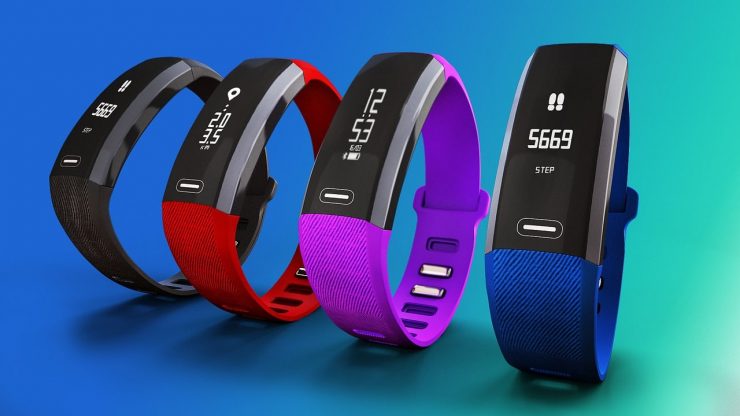Exercising can be a grind. Many people begin with great intentions, but soon slack off because of the work and time required. According to a number of studies, fitness-monitoring gadgets are helpful in avoiding the temptation to reduce the length and intensity of workouts.
This is important for those who are committed to reaching their weight-loss and muscle-toning goals. Monitoring devices deliver instant, tangible rewards that encourage physical activity. They “can motivate you to start taking the stairs more, or walking the dog an extra lap around the block,” according to PC Mag. The website noted that “at the very least, it will make you more mindful of your present activity level, which is a huge first step to getting fit.”
Types of Trackers
The most basic and widely used device is the pedometer. An analysis of more than two dozen studies involving 2,700 volunteers concluded that people who use such products work out nearly one-third more hours per day.
Research participants fitted with pedometers lowered their blood pressure and body-mass indexes to a greater degree than those who exercised without the gadgets. Volunteers who established an objective, like the widely recommended 10,000 steps per day, walked more than those who had no such goal.
Early pedometers did little more than count the steps a person takes while walking, running and doing daily chores. Since then, manufacturers have developed products that also record and display details about heart rate, blood pressure, burned calories, fluids consumed, sleep and other information. Some devices even remind people to get up and move if they have been sitting too long.
Popular brands include Fitbit, Moov Now, Garmin Vivosmart 4, Huawei Band 2 Pro, Samsung Gear Fit 2 Pro, Honor Band 3, Garmin Vivosport and TomTom Spark 3. Authorities warn that all devices are not created equal. Researchers found that some earlier products failed to provide accurate data. One study cited eight devices that produced calorie counts much different than lab results.
However, the technology is improving. “The fitness trackers on the market today are highly evolved cousins of pedometers from yesteryear,” PC Mag reported. “They’re much smarter (and) more accurate. … Paired with a companion web account, mobile app and maybe a few auxiliary devices, they give you better insight into the habits that make up your lifestyle.”
The website recommended the Basis Peak tracker, which is worn like a wristwatch; and the Fitbit One, a less expensive clip-on device. Also available are “smart” trousers and shorts containing sensors that measure steps and muscle exertion.
Some trackers feature heart-rate monitors and GPS technology. They keep track of the distance, time, pace and speed that a person walks or runs. A MySports app creates charts of various information, allows the user to set goals, and issues text alerts concerning a person’s progress.
Benefits of Regular Workouts
Daily exercise, even a leisurely walk, helps keep blood-pressure and triglyceride levels in check; reduces the risk of colon, breast and other cancers; strengthens bones; and bolsters immunity to diabetes, depression, anxiety and insomnia. Fit people have fewer medical bills and generally live longer.
One study indicated that those who walk at least seven hours per week are 40 percent less apt to die prematurely. Walking at a brisk rate for an hour burns nearly 400 calories for a 150-pound person, which goes a long way in keeping excess weight from accumulating.
Sedentary behavior, like sitting for most of the day, leaves a person more vulnerable to diseases, degenerative disorders and musculoskeletal problems. This is an especially important issue for Americans, who average more than eight hours of sitting per day.




